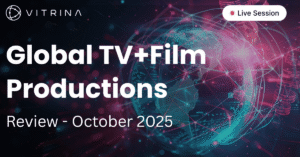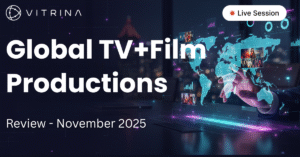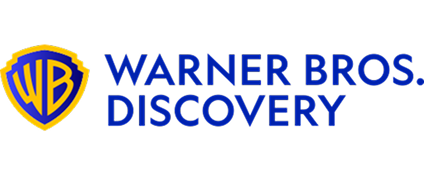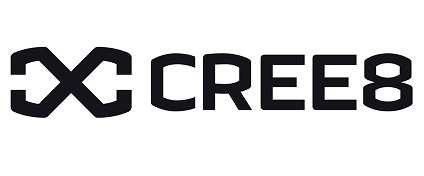Buy Movie License: A Modern Executive’s Acquisition Guide
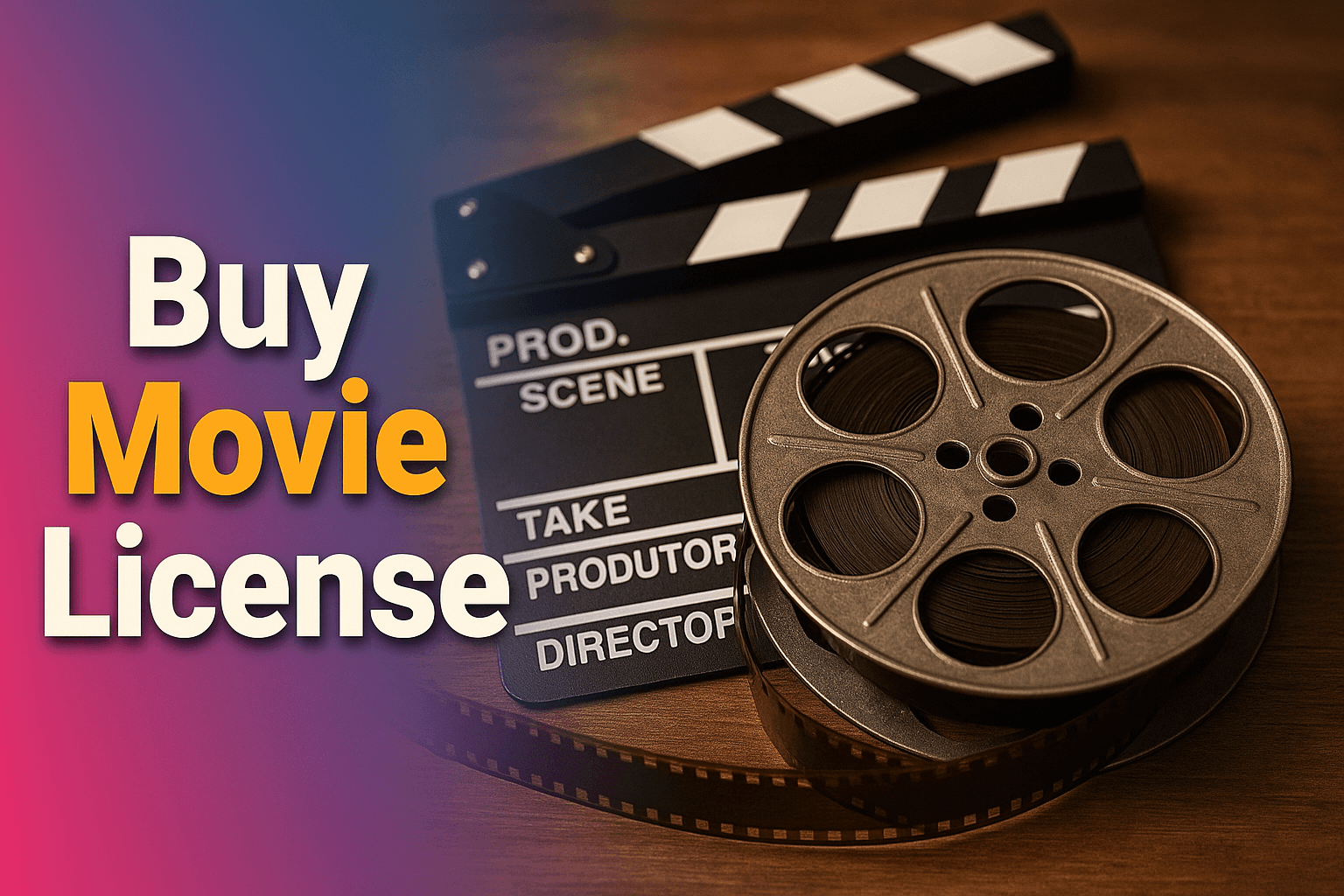
Introduction
In my analysis, the content acquisition landscape is a high-stakes arena where success is defined by a leader’s ability to secure the right film at the right price, ahead of the competition. For an M&E executive, the process of how to “buy movie license” is not a simple transaction; it is a complex, strategic function that requires navigating a fragmented global market of sales agents, distributors, and rights holders.
The key pain points are clear: a lack of early-stage project visibility, opaque partner vetting, and an absence of centralized intelligence. This guide provides a strategic framework for mastering the content acquisition process, moving beyond traditional methods and leveraging data to gain a decisive advantage in the race to secure content for your platform or library.
Key Takeaways
| Core Challenge | The film licensing market is opaque and fragmented, making it difficult to gain early warning on new projects and to efficiently find and vet the right partners. |
| Strategic Solution | Adopt a data-driven, intelligence-first approach to content acquisition that prioritizes real-time visibility and partner due diligence. |
| Vitrina’s Role | Vitrina provides a centralized, verified source of data for tracking films and TV series, profiling companies, and identifying key decision-makers, eliminating the manual guesswork of content scouting. |
Navigating the Modern Film Licensing Models
The first step in any strategic acquisition is to understand the different types of licenses available. The days of a single, all-encompassing license are over. The modern market is built on a series of segmented, rights-based agreements.
The specific license you acquire will depend on your business model—be it a theatrical chain, a streaming service, or a broadcast network. For an executive, here are the most common models to consider when you set out to “buy movie license”:
- SVOD (Subscription Video on Demand): This is the model used by platforms like Netflix and Amazon Prime. The rights holder sells exclusive or non-exclusive rights for a set period (typically 12-24 months) for a fixed fee. The value of this license is tied to the platform’s subscriber count and market reach.
- TVOD (Transactional Video on Demand): This model is for digital purchase or rental. It’s used by services like iTunes and Vudu. The rights holder receives a percentage of each transaction. The value of this license is tied to a film’s popularity and demand.
- AVOD (Ad-supported Video on Demand): This model is used by platforms like Tubi or YouTube. The content is free to the user and is monetized through advertising. The rights holder earns a share of the ad revenue, often based on viewing hours or impressions.
- Free TV & Pay TV Rights: These are licenses for traditional television broadcast. Free TV licenses are non-exclusive and often sold after a film has completed its theatrical and VOD windows. Pay TV licenses are typically for premium cable channels.
The strategic challenge lies in choosing the right model for your business objectives. This decision requires a deep understanding of your audience, your competitive position, and a real-time view of market trends.
For example, according to a recent report by Grand View Research, the global streaming market is projected to reach $1,059 billion by 2030, with a notable CAGR of 13.9%. This data underscores the continued strategic importance of securing streaming rights.
Understanding the Key Players in a Content Deal
The content acquisition ecosystem is not a simple B2C marketplace. It is a B2B network of professionals who specialize in brokering and negotiating deals. If your goal is to “buy movie license” for commercial purposes, you will be working with a core set of players:
- Rights Holders: This is the ultimate source of the content, which can be the production company, a major studio, or a producer who retains the rights to their intellectual property. Identifying the true rights holder can be a challenging, manual process.
- Sales Agents: These are the gatekeepers of the industry. A sales agent represents the rights holder and acts as a central point of contact, selling the film to various distributors and platforms on a territory-by-territory basis. Their value is in their extensive network of contacts and their ability to navigate complex international markets.
- Content Aggregators: For direct-to-consumer platforms, aggregators simplify the process of uploading content to various VOD services. While they don’t buy or sell licenses, they handle the technical delivery and metadata, often for a fee.
- Content Acquisition Executives: This is your persona—the professional responsible for identifying, vetting, and securing licenses on behalf of a platform or library. Success is a function of relationships and a deep understanding of what content is available and who controls the rights.
Core Challenges for a Content Acquisition Executive
In my analysis, the process of acquiring a movie license is riddled with inefficiencies that hinder even the most experienced executives. The market is not a transparent spreadsheet; it is a dynamic network where intelligence is a primary currency. The core challenges include:
- Lack of Early Warning on Projects: The most sought-after content is often identified and optioned long before it is publicly announced or brought to a film market. Acquisition executives constantly struggle to get early-stage visibility into films in development or pre-production, forcing them to compete for finished products rather than securing deals ahead of the curve.
- Opaque Partner Vetting: Once a project is identified, the next step is to find the right partner—be it a sales agent, a co-producer, or a direct rights holder. The process of vetting these partners is often manual and relies on a company’s public reputation rather than a data-backed view of their deal track record, specialties, and the executives who lead them.
- Inefficient Scouting and Discovery: Traditionally, a content acquisition leader’s primary tool has been a combination of networking at film markets and relying on word-of-mouth. This approach is not scalable. It is a high-resource, low-efficiency task that is incapable of providing a comprehensive, global view of what content is available, who controls it, and where it is in the production pipeline.
How Vitrina Transforms the Way You Buy Movie License
As a strategist, I believe technology’s role is to solve systemic inefficiencies. In the context of content acquisition, Vitrina is uniquely engineered to provide the intelligence and transparency that was previously missing from the market. It is a strategic tool designed to address the exact pain points I’ve outlined above. According to the provided documentation, Vitrina’s core capabilities directly address these challenges by providing a solution that is:
- Proactive: Vitrina’s Film+TV Projects Tracker is a verified, real-time pipeline that provides early warning on films and TV series from the development stage onward. This gives you a significant advantage in securing financing, pre-buys, or co-production deals.
- Precise: With the ability to search and filter over 2.7 million companies, you can quickly find international partners aligned by genre, scale, and region. You can move from a general search to a targeted outreach with confidence.
- Connected: The platform goes beyond simple data. It maps and validates the partnerships and deal track records between companies, allowing you to see their collaborative history and reputational alignment before you even make a call. The platform also includes a verified database of over 3 million executives, allowing you to bypass gatekeepers and connect with decision-makers directly. For more on this, I recommend reading my analysis on The Future of Content Acquisition.
Conclusion: The Future of Content Acquisition is Strategic
The era of hoping for a chance meeting at a film market or blindly pitching to hundreds of sales agents is over. The executives who will lead the industry forward are those who treat content acquisition not as a reactive, logistical process, but as a strategic function powered by data and intelligence.
The market has shifted, and the onus is now on executives to be more informed, more targeted, and more proactive than ever before. In my analysis, the path to a successful content deal is a function of knowing who to talk to, when to talk to them, and what they are looking for.
For leaders seeking to navigate this complex landscape, a new strategic imperative has emerged: you must have a holistic view of the entertainment supply chain. From the earliest stages of a project’s development to its final acquisition, real-time, verified intelligence is no longer a luxury—it is the foundational tool for securing partnerships and building a sustainable, data-driven engine for your entire business pipeline. For more insights on leveraging this technology, I recommend exploring other analyses on Strategic Dealmaking.
Frequently Asked Questions
A sales agent acts as a representative for the rights holder, selling the film’s license to various distributors. The distributor then acquires those rights and handles the marketing and exhibition of the film to the public in a specific territory or on a specific platform.
For commercial use (e.g., screening at a public venue), you must go through a distributor or a specialized licensing company that holds the public performance rights. For personal, one-time use, you can typically purchase the rights from a site like Swank Motion Pictures.


